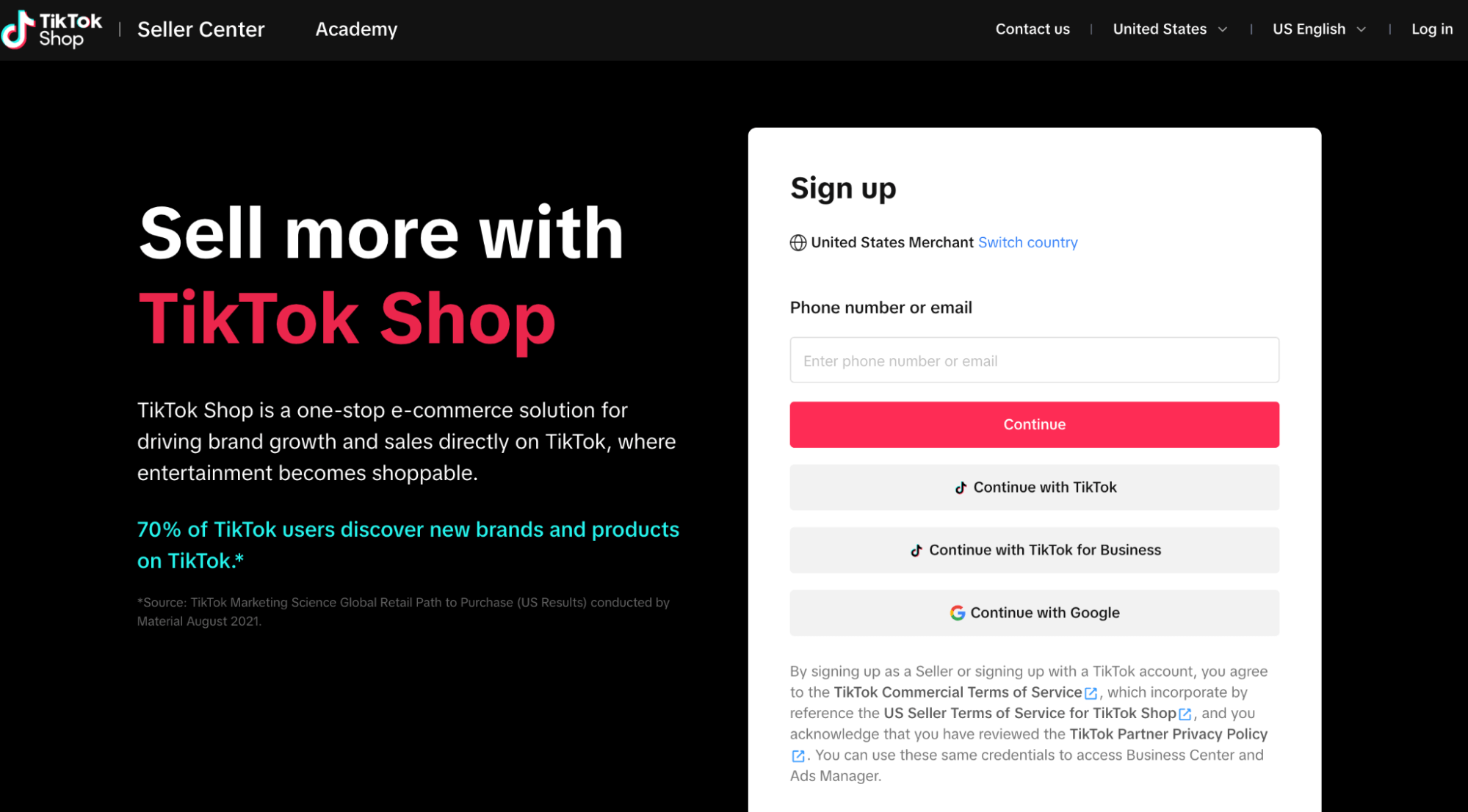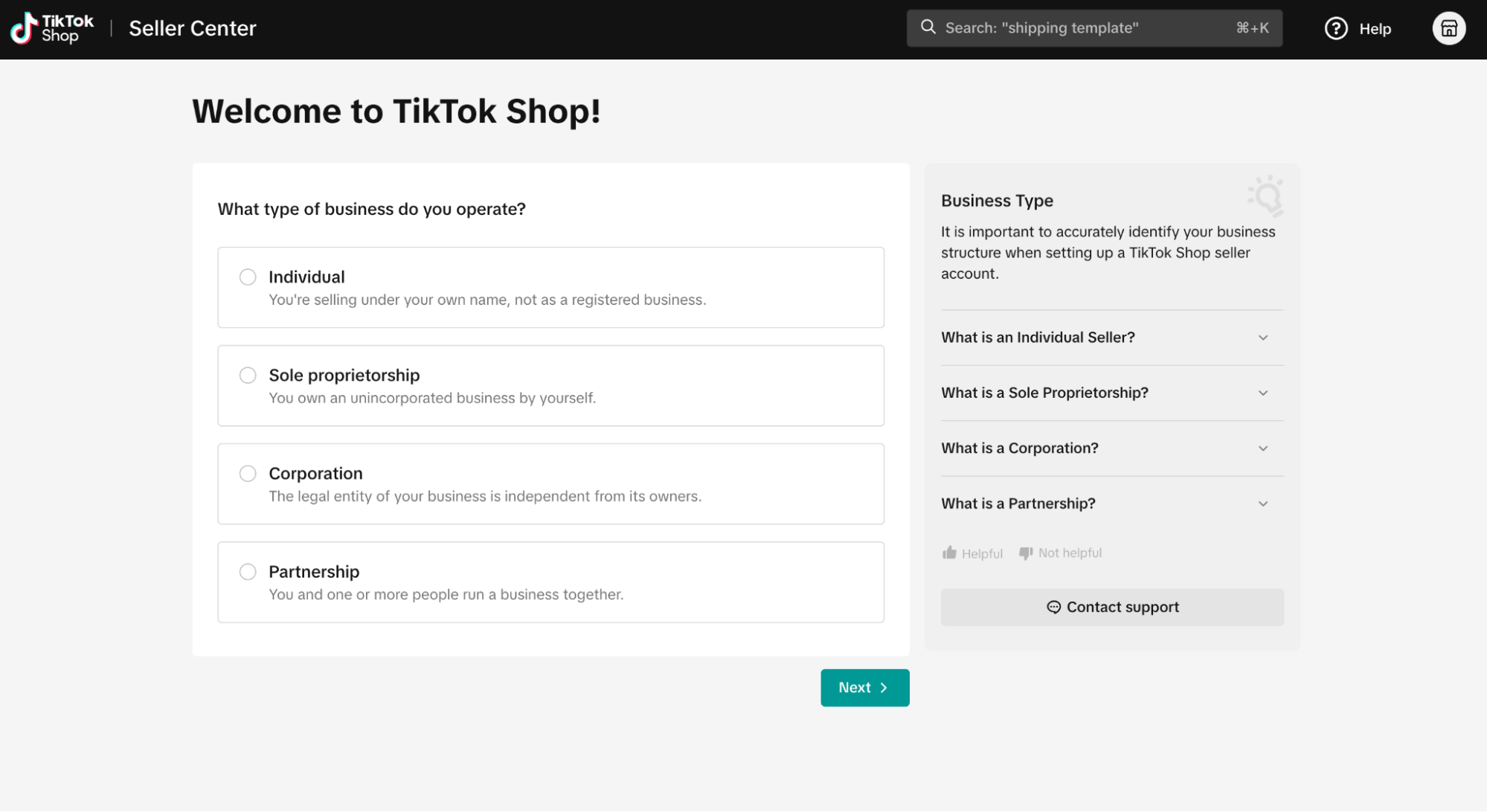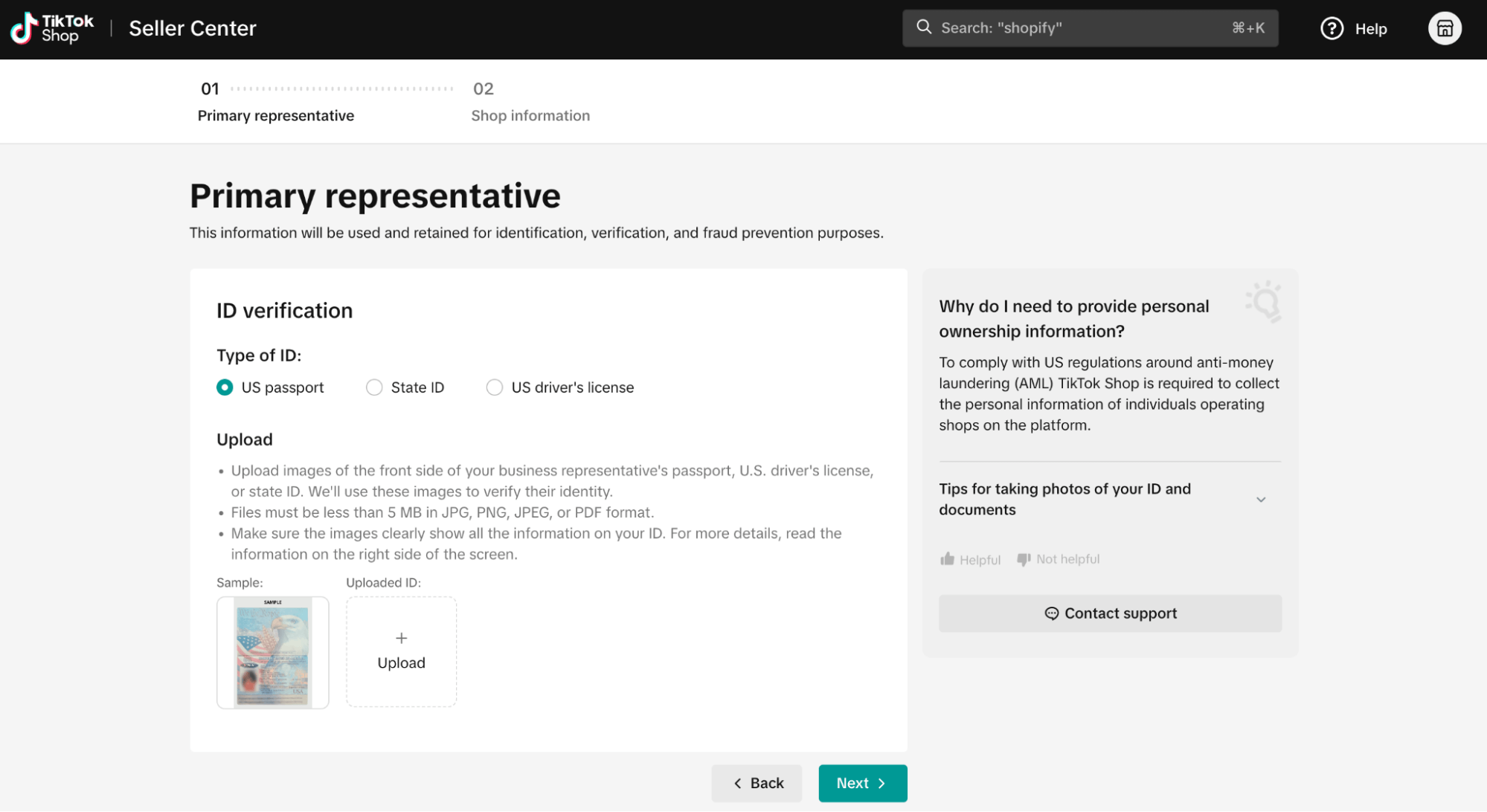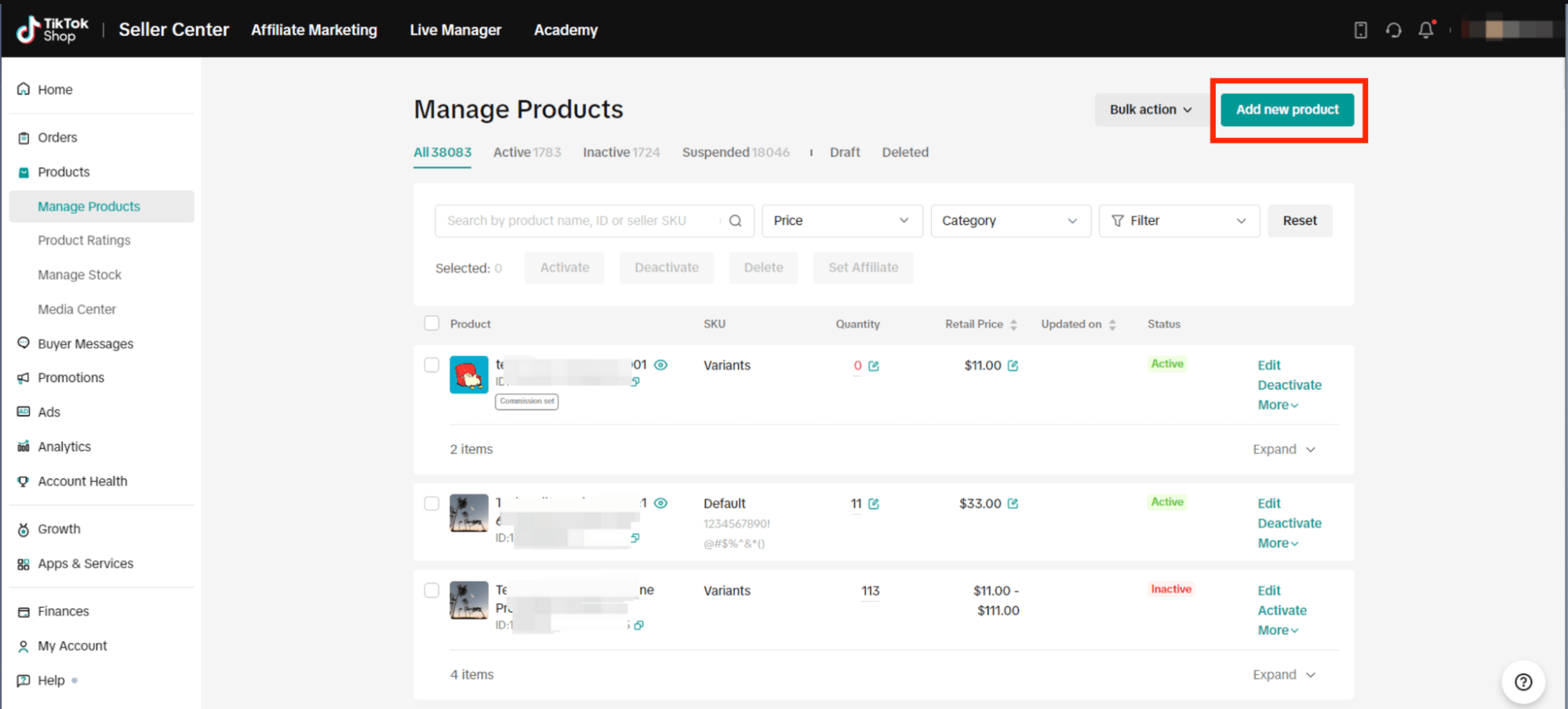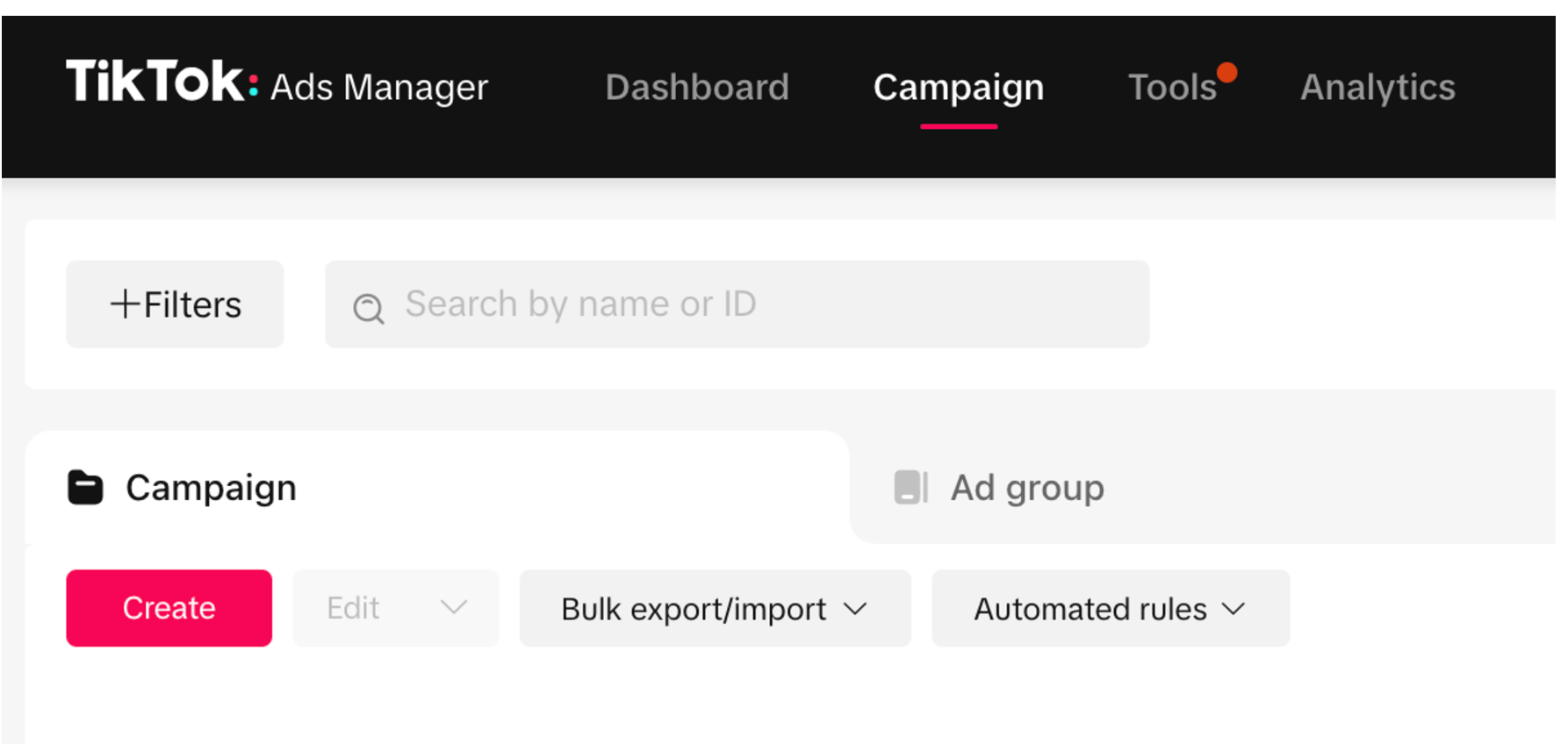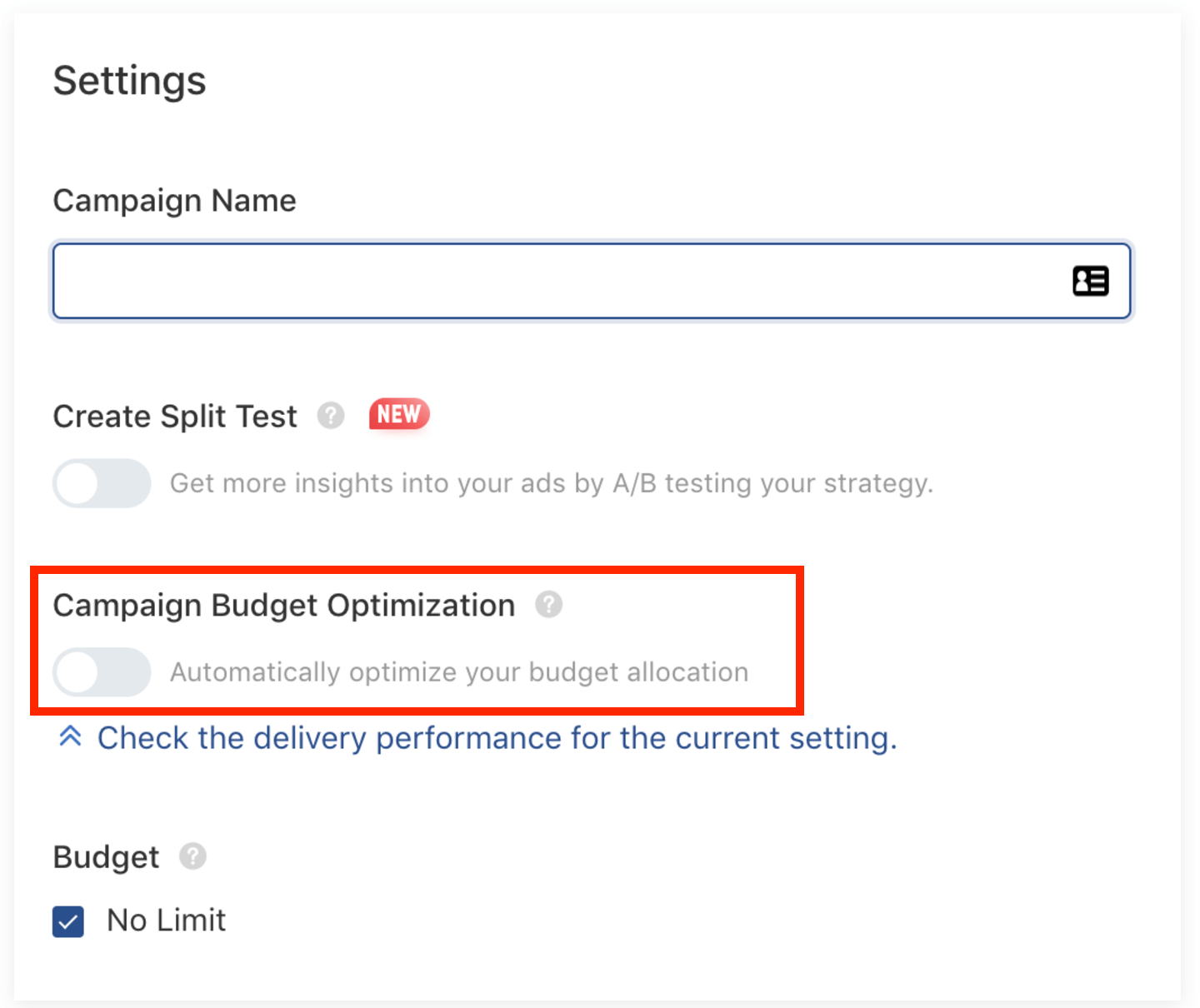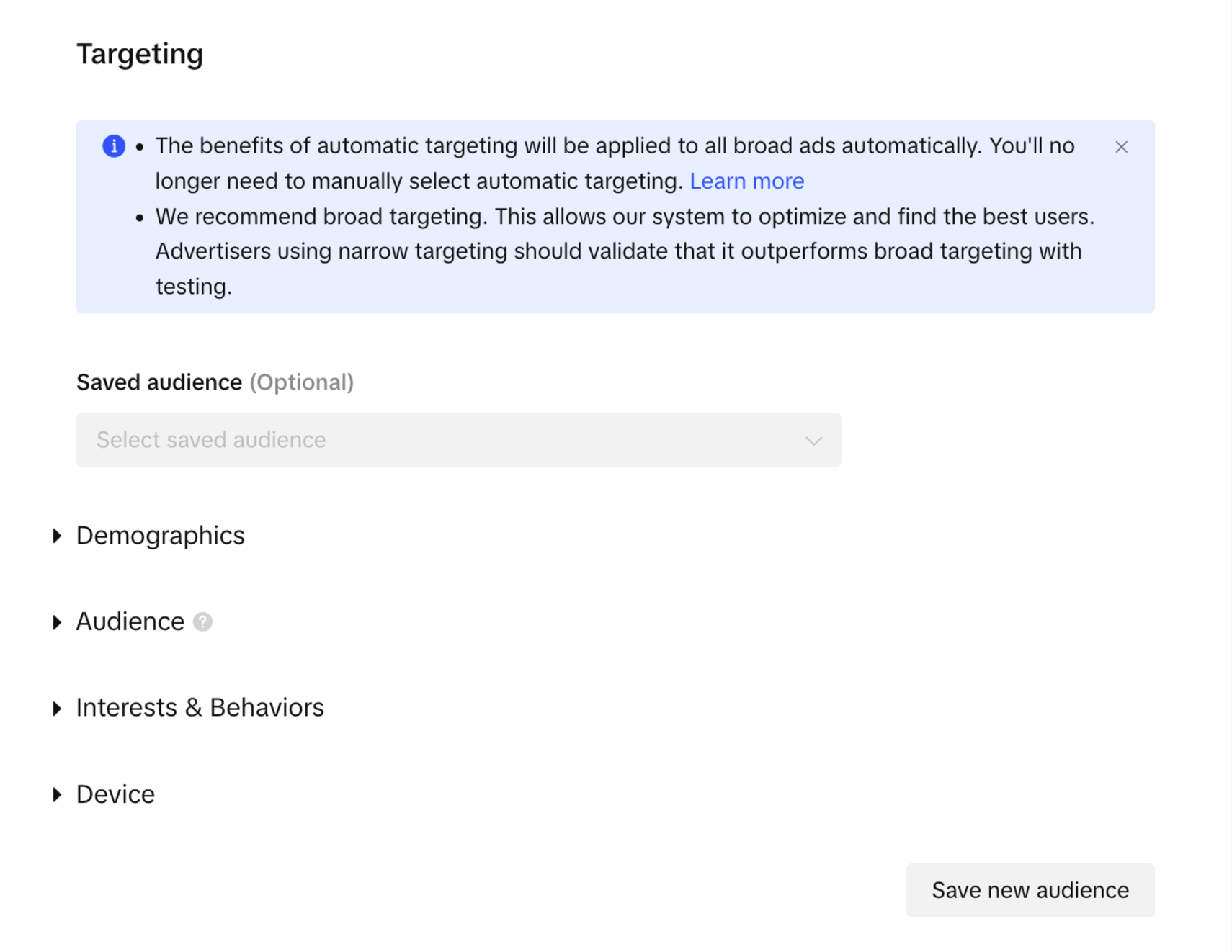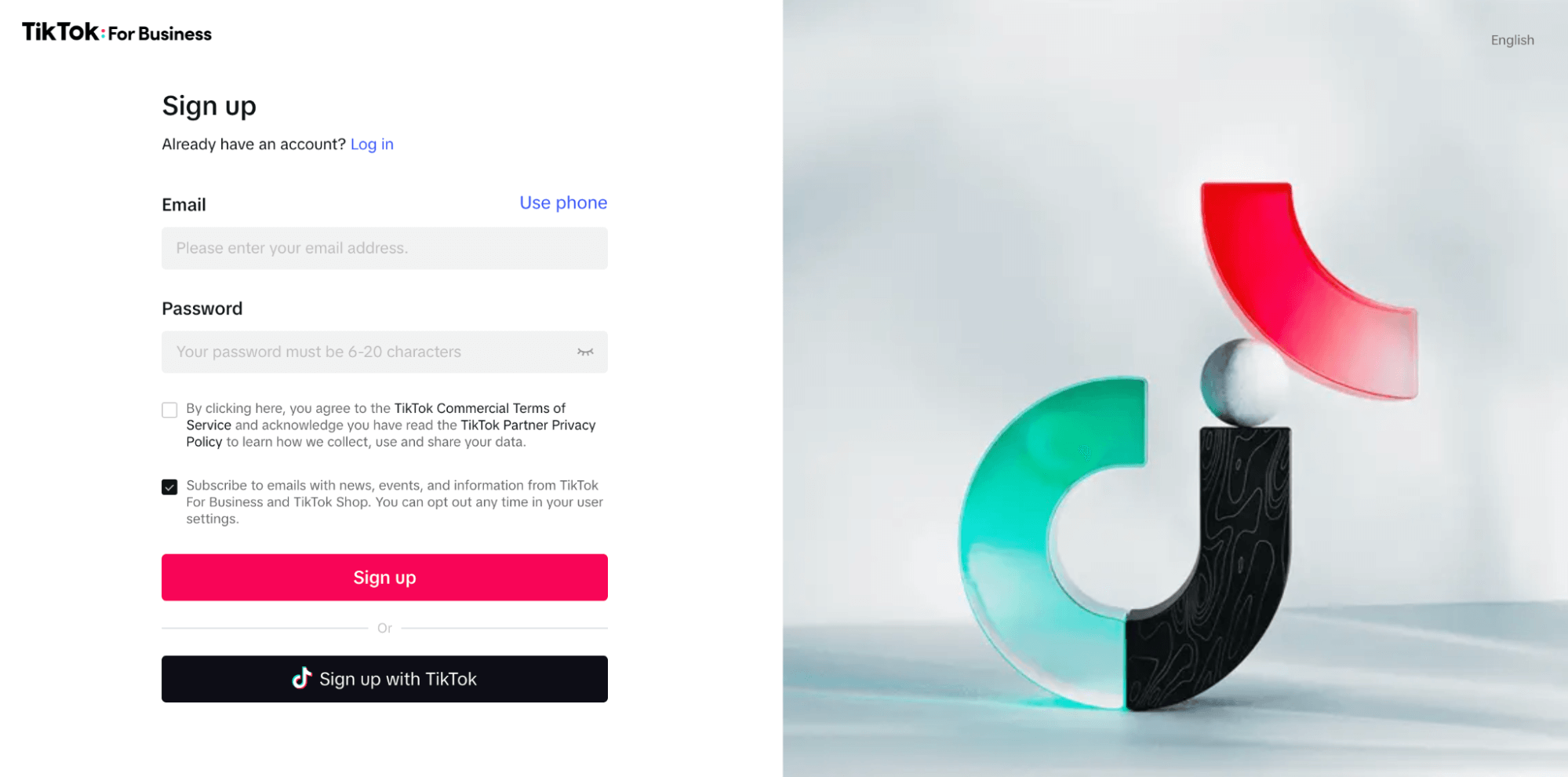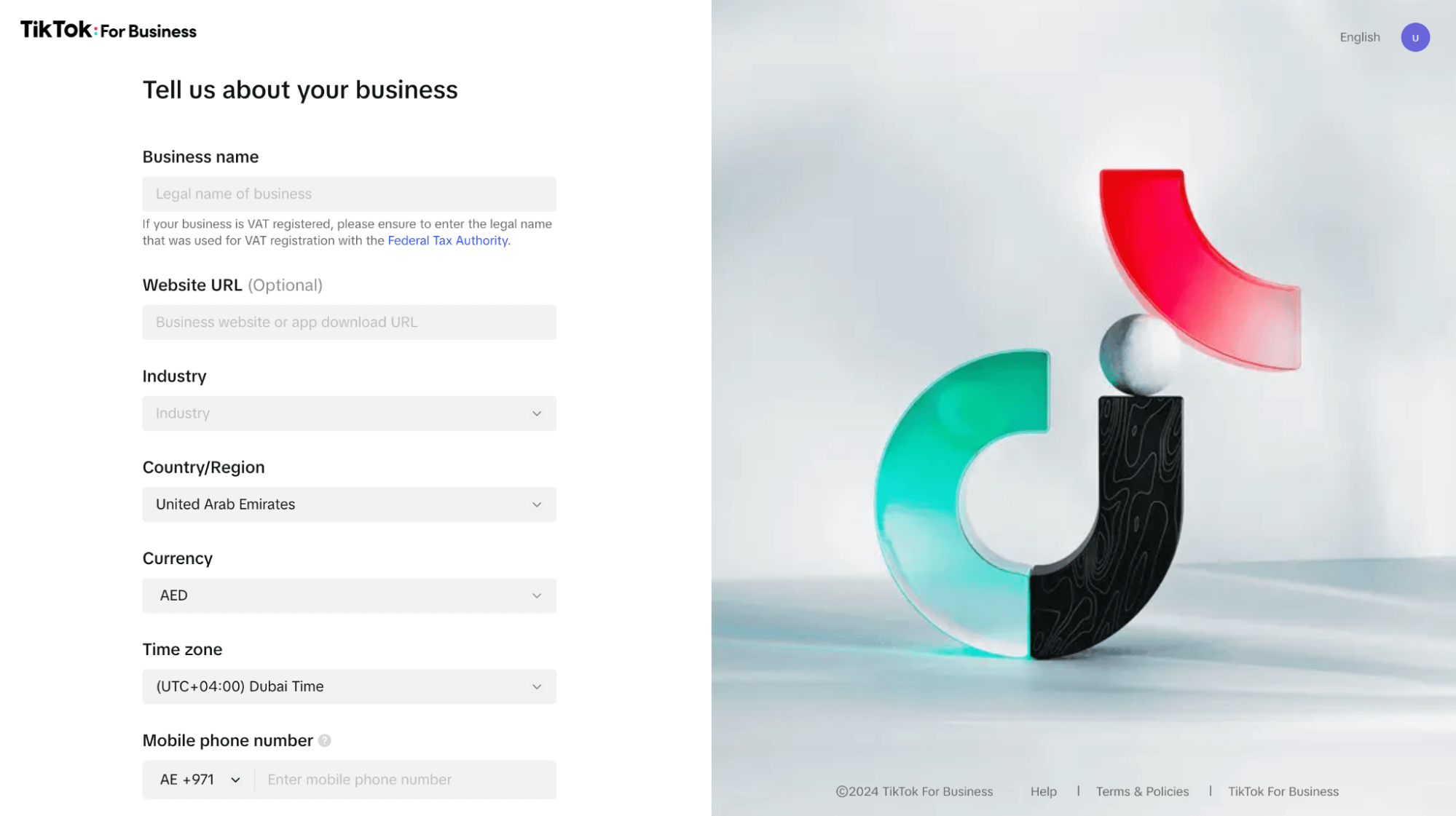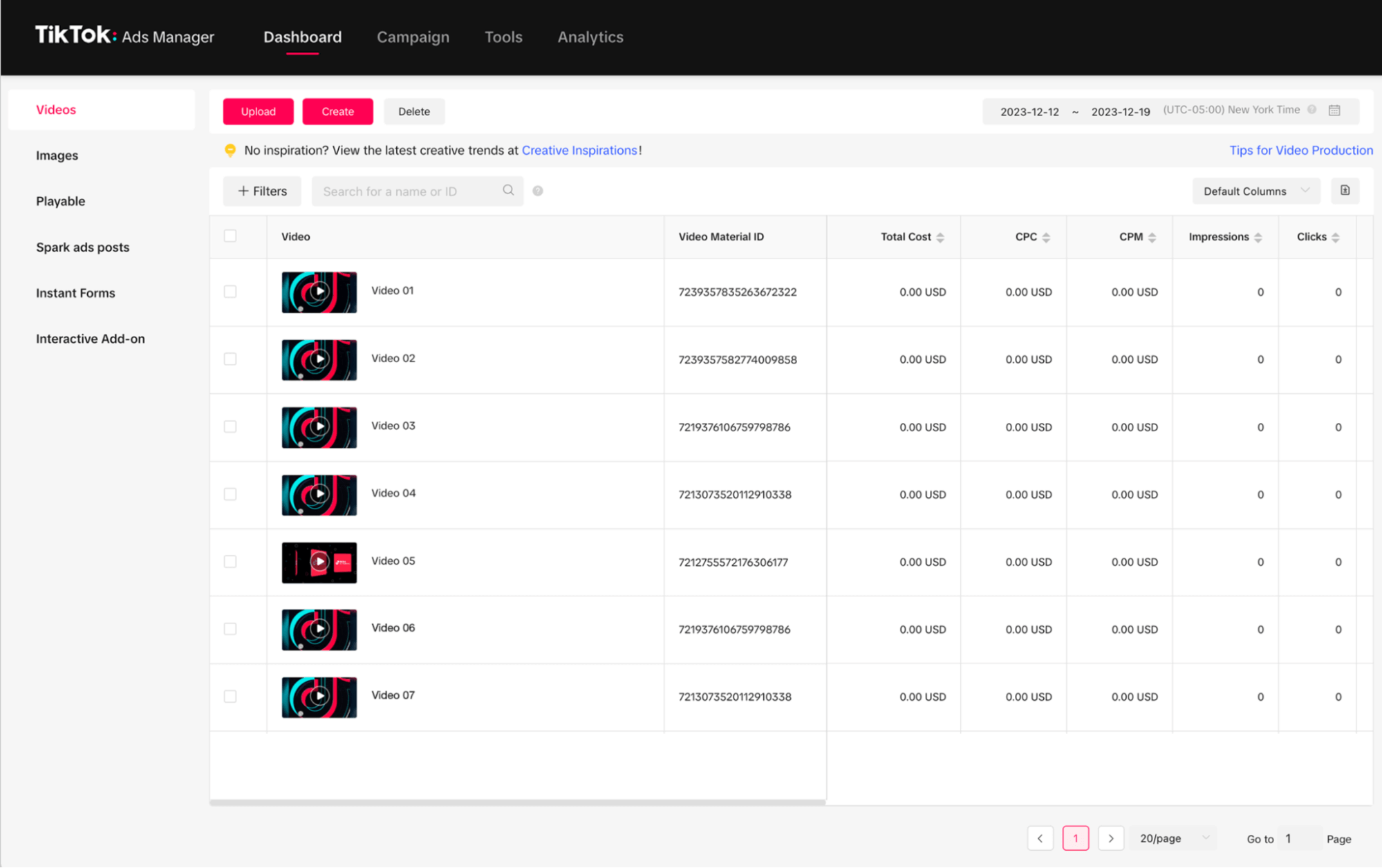10 Ways to Find Winning Products
Product selection is vital to every dropshipper’s success. You need to choose the products that generate the highest sales, ideally those with unique value propositions. This guide will explain how to identify these winning products and boost your dropshipping success.
Understanding winning products
Winning products generate sizable revenue for your store. They are characterized by high demand, low competition, and sizable profit margins.
High demand enables you to sell many units of a winning product. This demand stems from the product solving a pressing problem, e.g., fitness equipment allowing owners to stay physically active.
Low competition gives you a greater opportunity to find customers. Overcrowded niches are difficult to break into, especially for new dropshippers with a limited marketing budget, so low-competition niches give you the best chances of winning.
Winning products have high profit margins of 50% and above. You can obtain them from suppliers at low prices and sell them at high markups. Customers often don’t mind paying higher prices to get their favorite products.
Other characteristics of winning products include
- They are high-quality, e.g., durable, safe, and efficient.
- They are visually appealing.
- They are easy to ship domestically and internationally.
- You can advertise them on social media apps without issues (Facebook, Instagram, and other platforms restrict the promotion of certain products, such as supplements).
- They appeal to your audience’s emotions, e.g., an item that lets a customer fulfill their passion.
Importance of identifying winning products
Identifying winning products has a significant impact on your dropshipping success. Winning products sell higher, enabling you to boost sales and profit margins. They help you attract customers in competitive dropshipping niches. Let’s examine their main benefits.
Winning products boost sales
Winning products helps dropshippers fulfill their primary goal of increasing sales and profits. You’re more likely to find customers when selling high-demand products like clothing, fitness equipment, electronics, and sports apparel.
Choosing the right products for dropshipping helps you win customers with minimal effort. You must not spend heavily on marketing, especially as a new dropshipper, when you have a good product selection. A little social media or search engine marketing spend can bring significant profits.
Customer satisfaction
High quality is a primary trait of the winning products for dropshipping stores. These high-quality products increase customer satisfaction, boosting your chances of getting repeat sales.
The proper product selection keeps customers happy, and happy customers can spread the word about your brand. It’s an effective organic marketing strategy for dropshippers.
Brand reputation
Reputation is crucial for dropshipping stores. This industry has excessive competition, including from fly-by-night stores selling shoddy products. Hence, customers rely on reputation when patronizing dropshipping stores.
Winning products are high-quality and solve customers’ problems. Selling these products gives your store an excellent reputation, which you can leverage to win more customers.
You can highlight positive reviews from previous customers on your store. These reviews can help convince doubting visitors to click the checkout button.
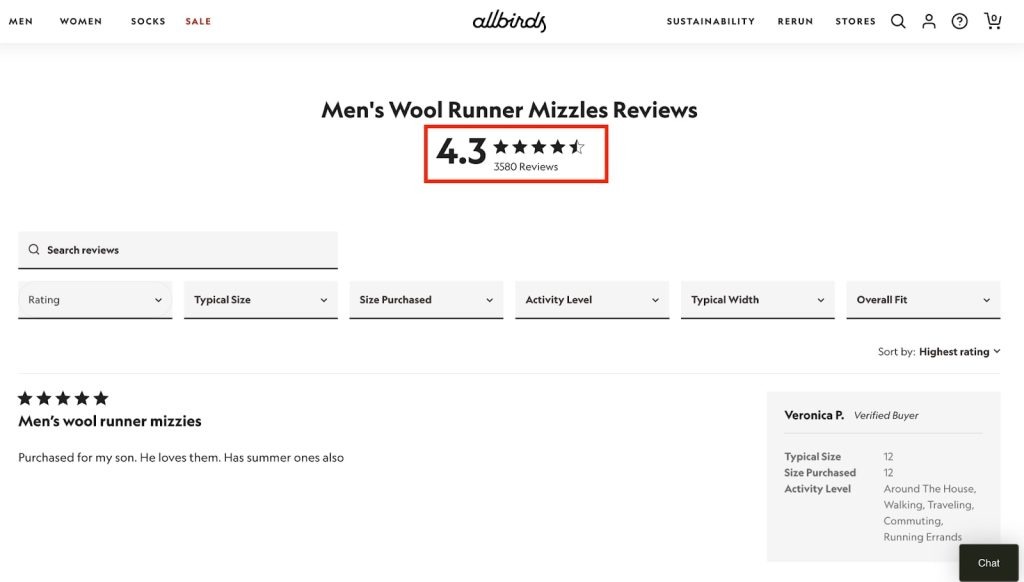
A sample store highlighting product reviews to improve its reputation.
Source: Allbirds
Top methods to discover winning products
1. Analyzing Amazon’s best-selling list
Amazon is the world’s largest online retailer, with over $500 billion in annual sales and 300 million customers worldwide. It is the gold standard for e-commerce entrepreneurs, and its top-selling products also sell well on other e-commerce sites.
You can frequently monitor Amazon’s best-selling lists to find winning products for your store. Amazon provides real-time updates on its best-selling products. You can monitor the best sellers in every niche and check reviews from previous buyers.
If you observe overwhelmingly positive reviews for a product in your niche, you can list that exact product or a similar one in your store. Products that top Amazon’s sales charts will likely also top your store’s sales charts.
2. Leveraging TikTok trends
You’ve likely heard of TikTok, the popular short-form video app with over 1 billion users. TikTok is a go-to app for product trends because of its focus on virality. Many products go viral on TikTok, raising demand to unprecedented levels. You can leverage these trends to identify winning products for your store.
For example, Maybelline is an American cosmetics company whose Sky High Mascara went viral on TikTok in 2021. This product sold out four times because of heightened demand, and Maybelline doubled down on this virality to sell other cosmetic products.
During Maybelline’s viral era, dropshippers began selling similar mascara products and got high sales. Maybelline’s Sky High Mascara sold out multiple times, so people opted for comparable products from other brands. Dropshippers and conventional online retailers fulfilled this demand and made sizable profits, illustrating how to leverage TikTok trends to find winning products.
You can scroll through your TikTok feed to identify trending products for dropshipping. Monitor trending hashtags to identify the products TikTok users are interested in. Because of its massive user base, TikTok trends change rapidly, so constant monitoring is required to find the winning products for dropshipping.
3. Utilizing Facebook insights
Facebook is the most popular social media platform worldwide, with 3 billion active users. Unsurprisingly, it’s one of the best places to identify winning products for dropshipping. Products that go viral on Facebook sell well in dropshipping stores.
You can scroll through your Facebook feed to identify top-selling products. Perhaps your Facebook friends or mutual contacts are posting about the latest trending products. You can search the “Top Trends” section for popular products anytime.
Facebook provides a “Hot topics” tool for businesses to identify product trends. You can check groups and marketplaces to augment your insights. Facebook is an excellent dropshipping winning products finder.
4. Exploring Pinterest Popular Pins
Pinterest is yet another popular social media platform. As the name suggests (“Pin” + “Interest”), it’s a social board where people can pin their favorite web content. For example, someone can view a nice product and add it to their Pinterest board for future reference.
Popular Pinterest pins are fitting proxies for top-selling products. Many people use Pinterest primarily for product recommendations, so popular pins indicate products in high demand.
Pinterest provides a dedicated Trends tool for businesses. You can use this tool to monitor product trends in specific locations and niches.
Suppose you sell fashion products to U.K.-based customers. Pinterest Trends lets you identify the most viewed fashion pins from U.K.-based users. Then, you can list these items in your store to attract customers.
5. Monitoring eBay’s trending items
eBay is a leading e-commerce marketplace facilitating over $70 billion in annual transactions. As a popular marketplace, especially in North America, eBay’s trending section gives a good hint of the best-selling items for your store.
If you observe a product trending on eBay, it’s likely also trending on other online marketplaces. You can list the products in your store and benefit from their increased demand.
eBay has a Trending Deals section that makes it easy to monitor the top-selling items. You can sort the items by categories and monitor the ones trending in your niche. You can also use WatchCount, an external site that provides detailed eBay insights.
WatchCount lets you search the top-selling eBay items in real-time. You can monitor the price each buyer pays, helping you set competitive prices for the same product. This platform lets you discover trends quickly and latch onto them, unlike the usual Trending Deals section, where you might hardly notice a trend until it matures.
6. Using Google Trends for market analysis
Google is the most widely used search engine and the primary gateway to the web. Almost everyone looking for a product first searches for it on Google. This search engine has valuable insights on product sales, which you can access via the free Google Trends tool.
Google Trends shows the trending product searches at any given time. You can narrow the insights to specific countries or cities. For example, if you run a dropshipping store targeting Canadian customers, you can view the trending product searches across Canada or specific cities like Toronto and Vancouver.
With Google Trends, you can monitor consumer interest in specific products over a particular period. For example, a Google Trends chart below shows Canadian users’ interest in Lululemon apparel over the past 12 months (up to January 2025).
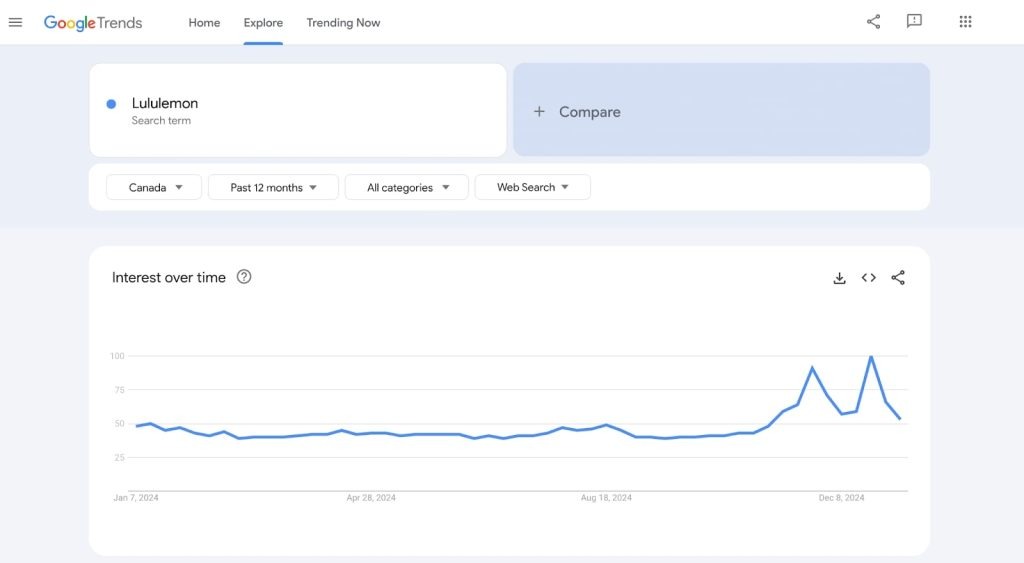
Interest is peaking in November and December and decreasing in other months. Because of this heightened interest, November and December are the best times to sell Lulemon gear. The above chart illustrates the insight Google Trends provides online retailers.
7. Researching on AliExpress
AliExpress is a prominent online marketplace with 150 million+ users and over $100 billion in annual transactions. Many people choose AliExpress because of its robust product variety and affordability.
You can monitor AliExpress’s trending products to find the best ideas for your store. Many dropshippers use AliExpress suppliers, so any product trending on this platform will be a top seller in relevant dropshipping stores.
Seek AliExpress products with high demand and positive reviews. The marketplace is vast and offers many products, including shoddy ones, so you should research diligently to find the best ones.
AliExpress curates trending products in real-time, so discovering the relevant ones for your store isn’t challenging. The key is diligently checking the reviews to ensure the product is durable and high-quality before adding it to your store.
8. Exploring Etsy’s best-sellers
Etsy is a prominent marketplace for handmade tools. Millions patronize Etsy for everything from books to dresses, home decor, mugs, and jewelry. This platform emphasizes quality more than most online marketplaces.
The best-selling Etsy products also sell bountifully on other marketplaces. Hence, you can monitor Etsy’s best-sellers lists and add the items to your store. Some dropshipping plugins let you import products directly from Etsy and sell them at a markup.
You can sell Etsy products at high margins, as many customers don’t mind paying more for their favorite handmade products. This marketplace focuses more on quality than quantity, so you can get away with higher prices than in other marketplaces.
Etsy curates its best-selling products, making them easy to monitor. You can sort these products by price, reviews, and seller ratings. Products from 5-star-rated sellers are more likely to sell in your store.
9. Investigating Walmart’s top picks
Walmart is best known as a brick-and-mortar retailer but has built a formidable online retail business over the past decade. It’s the second-largest online retailer in the U.S., only beaten by Amazon.
Walmart’s top-selling list is a good source of information on how to find dropshipping products. Walmart trends provide accurate insights into consumer preferences in the U.S. and other North American markets. If North America is your target market, Walmart’s top-selling products will likely sell substantially in your store.
Users can access Walmart’s top-sellers list anytime. This list includes products sold by Walmart itself and third-party retailers selling via its marketplace. When you find relevant top-selling products on Walmart, you can add similar items from other suppliers to your store.
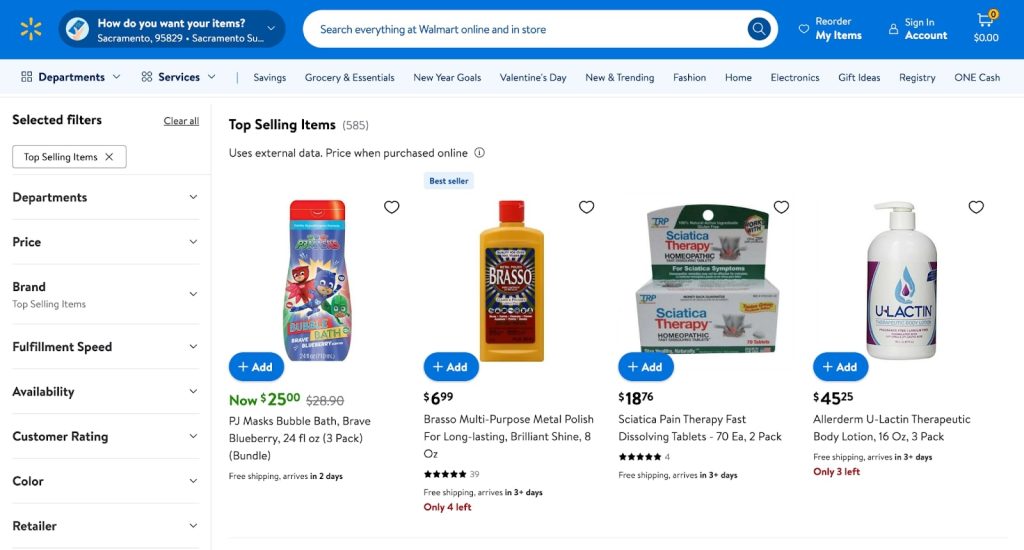
Walmart’s top-selling list sample.
Source: Walmart.com
10. Attending trade shows and exhibitions
Discovering winning products doesn’t always occur online. You can visit industry trade shows to find trending products in your niche. You’ll interact with the product physically, making it easier to judge its quality. You can talk directly with the manufacturer to get product information or suggest changes.
Most niches have their prominent trade shows. For example, the Consumer Electronics Show is the gold standard for the technology industry, and the Cairo International Book Fair is the go-to event for book retailers. Your locale might also host smaller shows, so you can attend them instead of traveling afar.
Interacting with products firsthand is beneficial. It helps you make better product selections, leading to increased sales and profits.
Utilizing product research tools
1. Zendrop
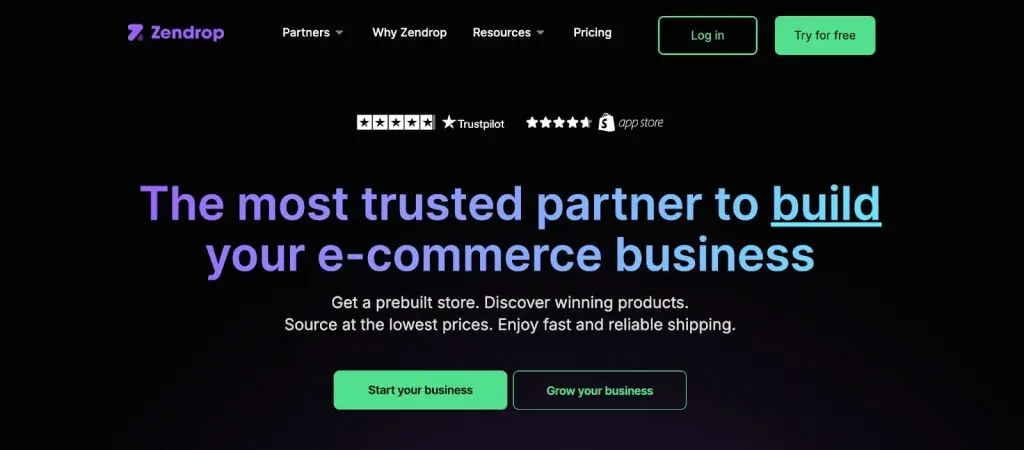
Zendrop is a reliable dropshipping partner with a data-driven approach to identifying winning products. It offers a managed supply chain that gives dropshippers access to high-quality products.
Zendrop does the heavy lifting of product research for you. Our experts curate the best-selling products across different niches and offer dropshippers easy access. We ship products quickly, in as little as 1 to 3 days.
After registering on Zendrop, you can monitor the best-selling products across different niches in real-time. You can view the product specs and compare them to similar products. If you like a product, you can import it to your dropshipping store at the click of a button.
Many dropshippers choose Zendrop because of its vast product range and competitive prices. It reduces the stress involved in finding winning products for dropshipping.
2. Sell The Trend
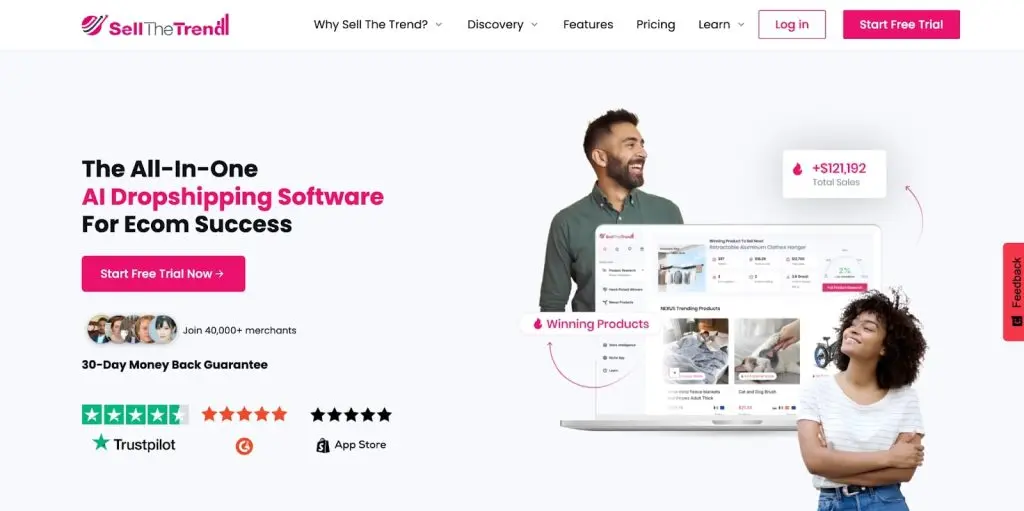
Sell The Trend is a well-known dropshipping products finder. It harnesses artificial intelligence (AI) to analyze product trends and select the best-selling items for dropshippers.
Suppose you run a fashion dropshipping store. You can use Sell The Trend to monitor the trending fashion items and add them to your store. This platform curates data from many sources so you can monitor which products’ sales are growing rapidly.
Sell The Trend includes a TikTok ads spy tool to identify product trends on the popular social media app. You can import trending products into your store at the click of a button. This platform empowers you to discover and latch onto trends early.
3. Ecomhunt

Ecomhunt lets dropshippers hunt for best-selling goods in different categories. Every day, it curates the best-selling products from different dropshipping suppliers, with detailed information including pricing, profit margins, engagement, and the ideal target audience for each product.
With Ecomhunt, you’ll get insights into every curated product, helping you decide whether it fits your store well. You can view products handpicked by Ecomhunt’s team or track live trends and leverage them early.
Ecomhunt offers a free plan with limited access to its winning products database. You can upgrade to a paid plan for unlimited access and complementary features, such as 1-on-1 consultations with e-commerce experts.
4. Niche Scraper
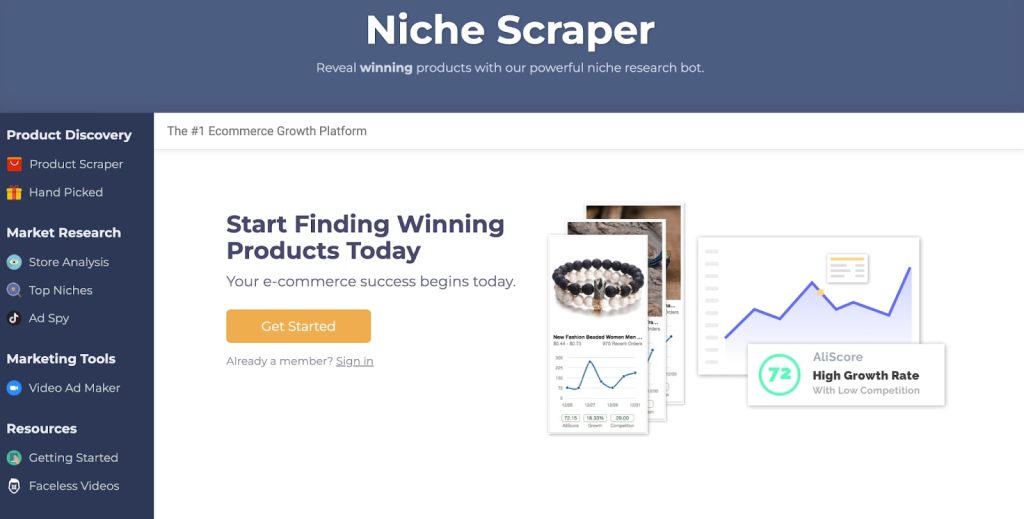
Niche Scraper is a practical answer to how to find trending products for dropshipping. It provides analytical tools to help dropshippers select the best products for their stores. Every day, its experts manually curate the top-selling products across different niches, and you can access this curation for free.
Niche Scraper allows you to analyze specific Shopify stores and discover their best-selling products.
For example, if you dropship toys and have close competitors whose stores are hosted on Shopify, Niche Scraper can help you discover their best-selling products. This information will guide your product selection.
There’s also an ad spy tool that lets users monitor top-performing product ads on Facebook and TikTok. These trends can help you choose winning products and boost profits.
Characteristics of profitable dropshipping products
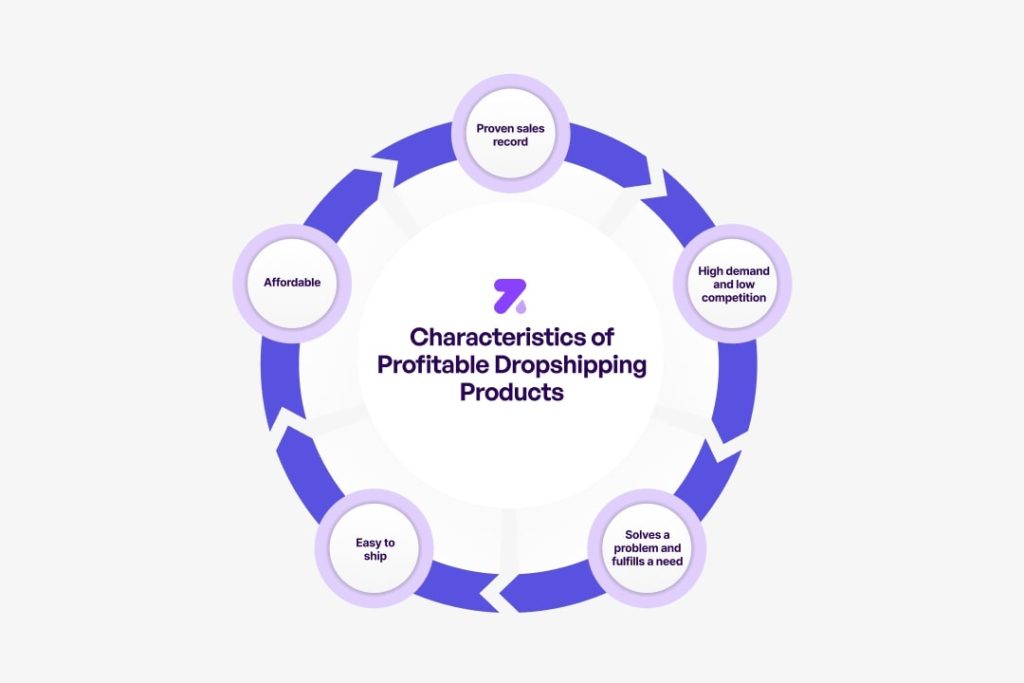
1. Proven sales record
A proven sales record is the primary qualification for a winning product. Products with consistent sales history are more likely to continue selling in your store.
Research tools like Zendrop help you find winning products with substantial sales. They use both manual and automated tools to curate the best-selling products across the web. Human experts handpick the top-selling products in different categories, and automated tools show real-time trends you can discover early.
Apparel, baby products, kitchen utensils, and pet supplies are some of the best-selling dropshipping items. You can find numerous versions of these products with a proven sales record and add them to your store.
2. High demand and low competition
Dropshipping is an intensely competitive business, especially for newcomers with limited marketing budgets. Hence, winning products are usually those with high demand yet low competition.
Lower competition increases your chances of attracting customers, and with the right promotional strategies, you can capture customers quickly.
The key to finding low-competition products is choosing the right supplier. For example, Zendrop offers access to exclusive products that are hard to find on other platforms. You can sell these products to your customer base instead of the common products most dropshippers sell.
Zendrop provides industry-leading shipping for end consumers. Your customers will receive items quickly, boosting the chances of getting repeat sales. Zendrop is the go-to winning product finder for dropshippers.
3. Solves a problem or fulfills a need
Best-selling products solve pressing problems for their buyers. The value proposition is what drives people to purchase these products. The more pressing the problem, the more customers will pay for a solution.
For example, sunscreen solves a major problem for buyers. When people visit the beach or take long afternoon walks, too much sun exposure can cause sunburn. Sunscreen prevents sunburn and its associated ailments.
Unsurprisingly, sunscreen is one of the best-selling online products. It has high profit margins because people are willing to pay more to solve their problems. Winning products fulfill a dire need, just like sunscreen.
4. Affordable
The best dropshipping products are relatively affordable to customers yet have good profit margins. Sunscreen is a good example of such a product. Many online retailers buy them at wholesale prices and sell them at 50% markups or above. Yet, the average sunscreen bottle costs less than $10.
The key remains to choose the proper suppliers to access affordable yet high-margin products. Zendrop's directly controlled supply chain guarantees high-quality products, making it your perfect partner for finding these winning products.
5. Easy to ship
The best dropshipping products are easy to ship. This characteristic implies they’re lightweight and sturdy, which translates to low shipping costs. Shipping couriers charge more for heavy and fragile products, so they aren’t best suited for dropshipping.
Shipping is crucial to your dropshipping success. Aim to ship items quickly to customers, helped by choosing the right shipping couriers. Customers who wait too long for shipments will view your brand negatively and might leave scathing reviews. Zendrop offers swift, industry-leading shipping, so you’re in safe hands with us.
Validating your product choices
1. Running test marketing campaigns
Marketing campaigns are effective at evaluating interest in your product selection. With a small budget, you can run social media or search engine ads and observe how your target audience responds.
Suppose you sell smartphone accessories. You can run a $5 Instagram marketing campaign for your target audience. This campaign will last a day, and Instagram will track its clicks and conversions. The aim is to monitor the conversion rate, i.e., the percentage of ad viewers who follow the suggested action.
If you get a high conversion rate (3 to 10%, depending on the niche), you have the right target audience and can increase the ad budget to achieve more results. In contrast, a low conversion rate signals a need to change the target audience or ad elements.
2. Gathering customer feedback
You can conduct surveys to get customers’ honest opinions. Surveys can be digital or in-person, with the advantage of getting firsthand views from potential customers. You can start with family and friends and ask them to share the surveys with their social circles.
Existing customers are also good survey targets. After a customer receives an item from your store, you can send an automated survey email to get their opinion. The survey can be a multiple-choice questionnaire or a plain text form for the buyer to write a review.
Customer feedback helps you refine products to get the best results. If you notice excessive complaints about a specific product, it’s a signal to sell an alternative product or remove it from your store.
If you observe overwhelmingly positive reviews, you can double down on that product by selling more varieties.
3. Monitoring competitor performance
Your competitors provide valuable insights concerning product selection. They walk the path so that you don’t always have to do the same. Observe what products your rivals select and which ones they remove after a short period. The removed products are likely those that didn’t generate sufficient sales.
Monitor what products your competitors promote incessantly, as these are likely the products generating the most sales. Then, you can list the exact product or a similar one in your store.
You should have up to five core competitors whose results you’ll monitor. You can learn from their successes and failures instead of relearning the same lessons at a significant cost.
Conclusion: Mastering product selection for dropshipping success
Product selection is inseparable from dropshipping success. Every profitable dropshipping venture starts with choosing the best products from the best suppliers. This guide explains how to find these products without hassles and validate your choices before going all in.
Zendrop is the ideal partner for obtaining winning products. We offer a vast selection of products from a controlled supply chain. We work directly with manufacturers, unlike many dropshipping platforms that connect you to random middlemen.
Our managed supply chain guarantees high-quality products and industry-leading shipping. Start your free trial today.
Frequently asked questions
How do I identify a winning product?
Winning products have defining characteristics, including high demand, low competition, affordability, easy shipment, and a consistent sales record from previous sellers. These are the main considerations for knowing how to find dropshipping products.
Are there free tools for finding winning products?
Yes, numerous free tools help you find winning products for your store. Examples include Google Trends, a popular analytics platform, and social media apps like Facebook, Instagram, and TikTok. You can monitor these tools to identify and leverage growing product trends early.
How can I stay updated on product trends?
You can stay updated on product trends by monitoring relevant online platforms and communities. Social media apps like TikTok and Facebook let you discover new trends across the globe. You can also check the trending sections of e-commerce marketplaces like Etsy and Amazon.
Likewise, you can research platforms like Zendrop to get real-time updates on product trends across different niches.
What are the common mistakes to avoid when choosing products?
Avoid choosing what you like instead of what will sell. Many dropshippers list products they love, but that doesn’t mean there’s a sufficient market for them.
Before adding a product to your store, research its demand level, shipping options, affordability, and availability.
Another frequent mistake is choosing shoddy suppliers. Your chosen supplier can make or break your business, so research extensively before choosing one.
Before committing to a supplier, read past reviews and research their shipping options, prices, and terms of use. This research is crucial in learning how to find dropshipping products that will generate high sales.

























































